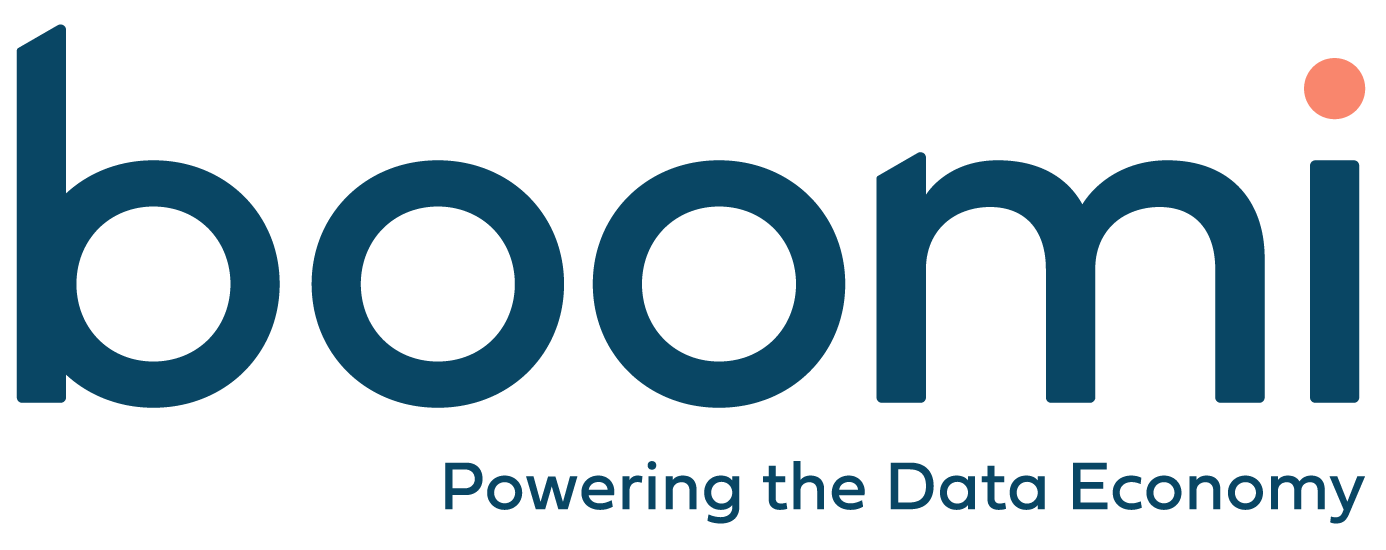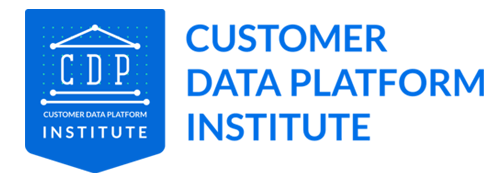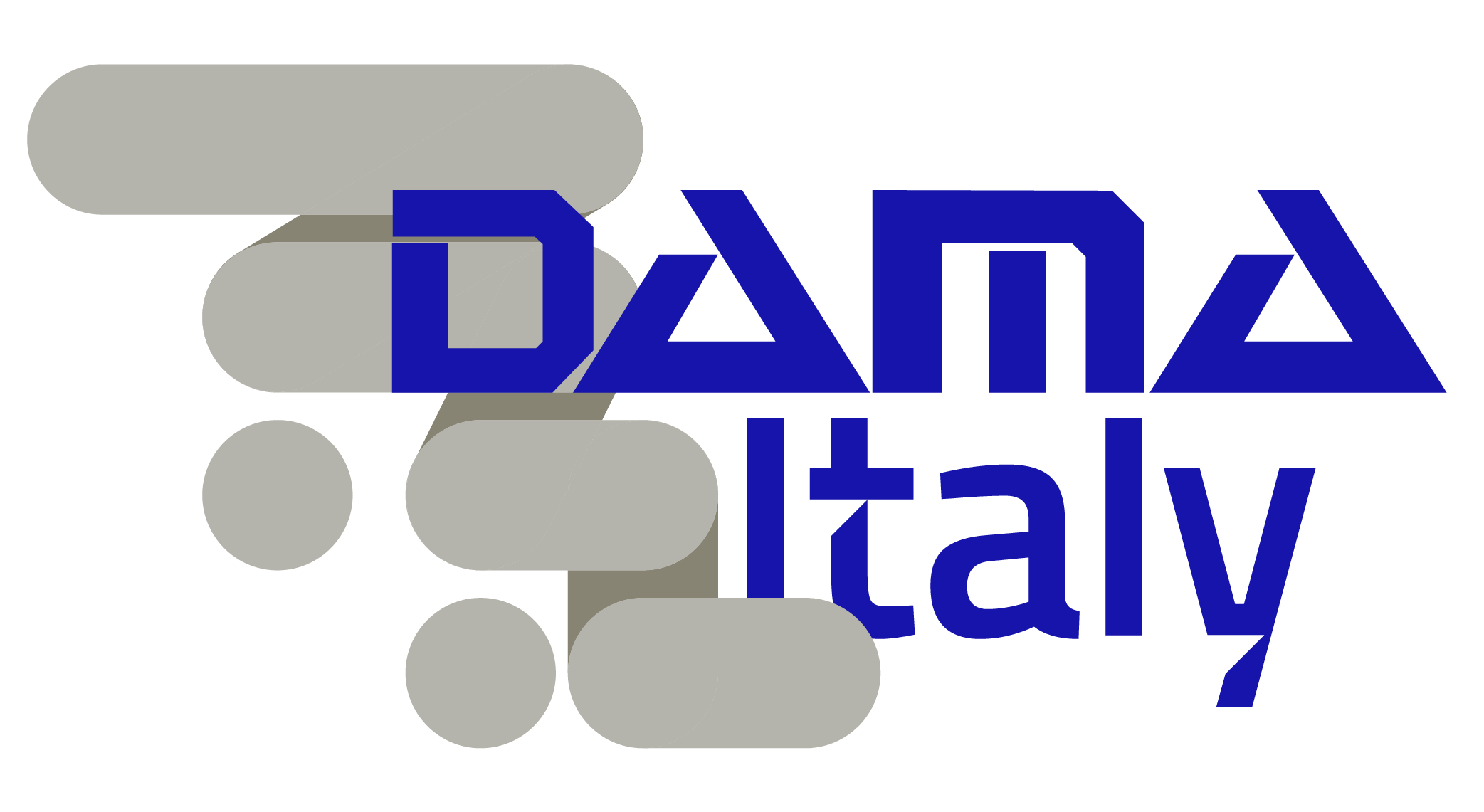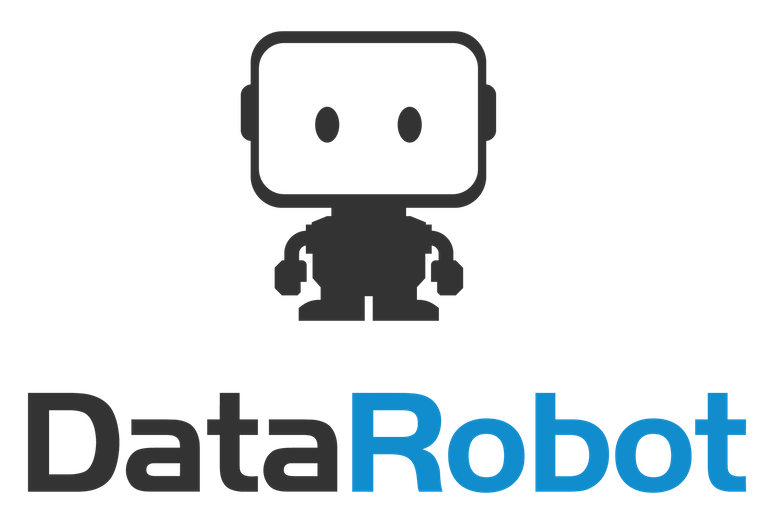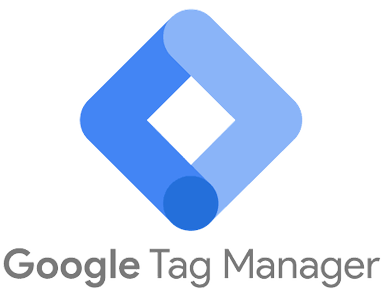Italian footwear brand Velasca is on a mission to deliver elegant, handmade products to people all over the world. With a passion for Italian craftsmanship, the retailer makes sure each pair of shoes goes right from the artisan to the buyer — forging direct-to consumer relationships that make an impact.
In 2022, Velasca was poised for success with over 70 employees, 16 shops across Europe, and the recent launch of its Velasca Women line.
To keep that momentum going, however, Velasca needed to overcome certain challenges — like processing vast amounts of customer data from across stores in real time. That means Velasca needed to build robust, data-driven strategies and use advanced analytics tools to drive future success.
Here’s the story of how they did it.


The Challenge
Being a direct-to-consumer brand has its unique challenges, such as:
- Gathering the right data to know who buys which products and when
- Collecting omnichannel insights from both online and offline channels
- Managing inventory and adjusting production to meet changing demand
- Analyzing customer service to gauge customer needs, pain points, and solutions
- Monitoring performance marketing to better build and optimize campaigns in real time
Even with multiple data tools at their fingertips, brands still have a hard time meeting these challenges, because they’re often left with:
- Siloed data that can’t be synced across teams and platforms
- Manual processes that waste valuable time and resources
- Supply chain problems that threaten to interrupt the direct-to-consumer experience
- Out-of-date analytics that are not readily available or usable
The Solution
Velasca needed a single, comprehensive data hub where analytics could be shared, synced, and activated for all teams across the company. That’s why they teamed up with BitBang and Domo — a cloud-based platform that provides simplified, near real-time access to data. With these advanced analytics tools, Velasca was able to:
- Centralize all sources of information from invoices and production costs to logistics and customer information.
- Automate key tasks, reducing manual and human errors, saving time and resources, and requiring a smaller engineering team.
- Increase data literacy, allowing each member to create and monitor their own dashboards of shared data.
- Focus on the business, having more time to innovate higher-level decisions and processes.
Impact
Velasca has transformed the way it collects data, understands customers, and manages inventory. With a single source of truth to guide its business, the brand now has the power to:
- See gross and net orders by country, business unit, store, shoe model, shoe size, year, month or day of purchase.
- Pinpoint major business drivers across its network of stores and customers By tracking metrics like AIV, AOV, total revenue, and top-performing products.
- Total Revenue (+61% over 1 year)
- AIV (+7,8%)
- AOV (+12,3%)
- Access near real-time insights across easily accessible dashboards, which are run by validated and fully automated processes.
- Monitor the lifetime value of each customer based on their evolving analytics and insights.
- Increased Client Spend in +16,4% in 1 year
- Adjust production to improve warehouse performance, logistics and customer satisfaction.

Before Domo, we would take an entire week to create basic reports about customer cohorts. With Domo, we have access almost instantly, 365 days a year and with a greater granularity. Domo allows us to automate a lot of activities (including connection, data combination and visualizations), in this way we are saving time that we can invest in improving our products and services for customers. Having data available that we can consult almost in real-time, using our main analysis drivers, allows us to make more informed decisions that help our business growth.
Domo helps us to save time and money, reducing problems and errors. This means having trusted data, always available, from all our sources.
Leonardo Stenico
CTO Velasca











